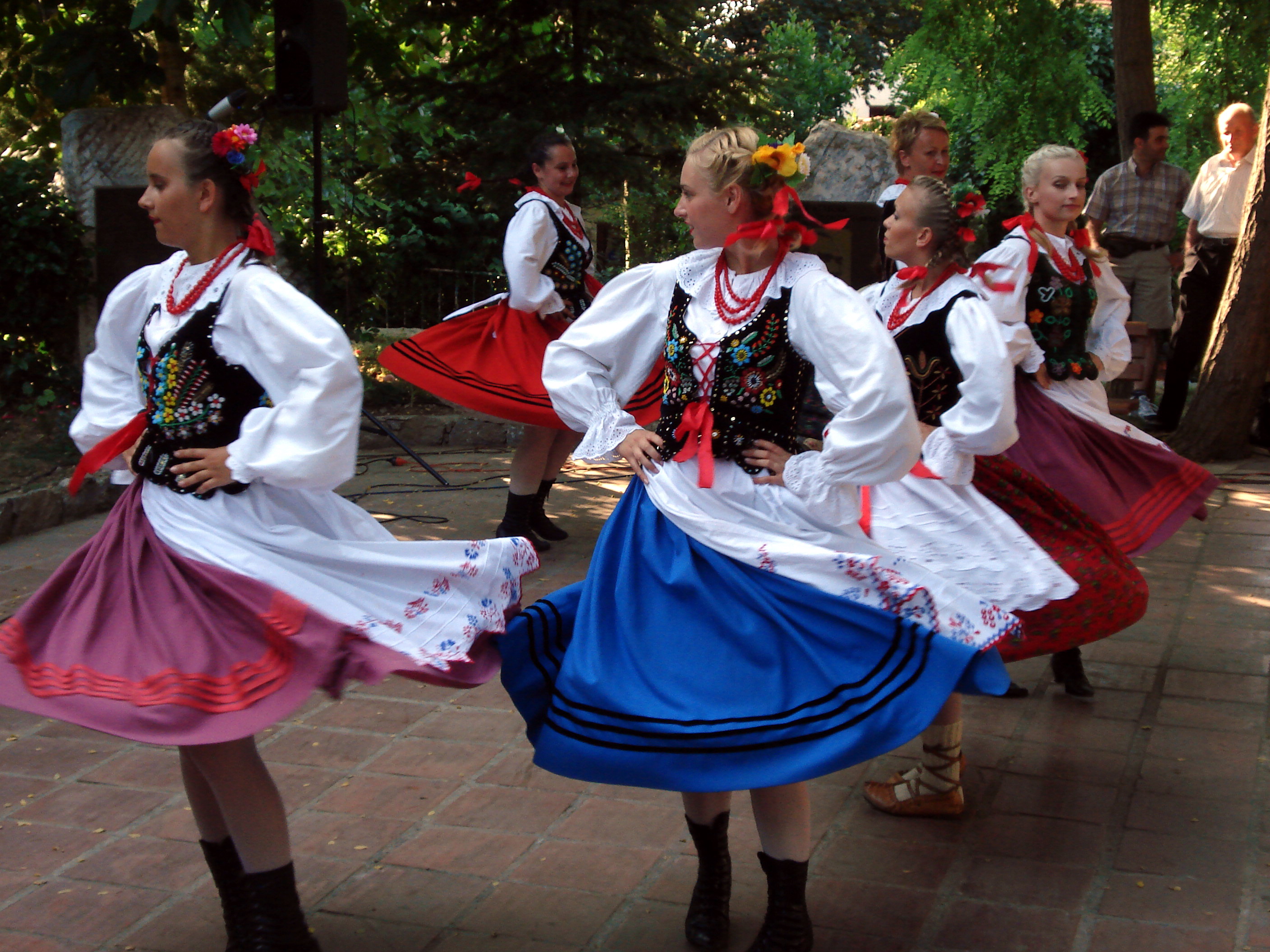|
Canfeda Hatun
Saliha Canfeda Hatun ( ota, صالحہ جان فدا خاتون; "''the devoted one''" and "''soul''" died 1600) was a lady-in-waiting to Nurbanu Sultan and Sultan Murad III of the Ottoman Empire. Career Canfeda Hatun was an ally of Nurbanu Sultan, who had brought her from the Old Palace. She was appointed the mistress housekeeper of the Imperial Harem (kedbanu-yi harem, Kethüde Hatun, Kahya Kadın), and under Nurbanu she was responsible for training the women of the imperial harem. She had also been an ally of Ghazanfer Agha, the Agha of the imperial harem and of Grand Vizier Sokollu Mehmed Pasha's rival Lala Mustafa Pasha. On her deathbed, in 1583, Nurbanu insisted, in front of her daughter-in-law Safiye Sultan and her son, that Canfeda be kept in the royal harem. And so after her death, Canfeda took control of the imperial harem. Canfeda along with mistress of financial affairs Raziye Hatun, the poetess Hubbi Hatun, and other musahibes (favourites) of Murad III, appears to ... [...More Info...] [...Related Items...] OR: [Wikipedia] [Google] [Baidu] |
Circassia
Circassia (; also known as Cherkessia in some sources; ady, Адыгэ Хэку, Адыгей, lit=, translit=Adıgə Xəku, Adıgey; ; ota, چرکسستان, Çerkezistan; ) was a country and a historical region in the along the northeast shore of the Black Sea. It was conquered and occupied by Russia during the Russian-Circassian War (1763–1864). 90% of the Circassian people were either exiled from the region or massacred in the Circassian genocide. The Circassians also dominated the north of the Kuban river in the early medieval and ancient times, but with the raids of the Mongol Empire, Golden Horde and the Crimean Khanate, they were withdrawn south of the Kuban, from the Taman Peninsula to North Ossetia. During the Medieval Era, Circassian lords subjugated and vassalized the neighboring Karachay-Balkars and Ossetians. The term Circassia is also used as the collective name of Circassian states established on Circassian territory. Legally and internationally, the Tr ... [...More Info...] [...Related Items...] OR: [Wikipedia] [Google] [Baidu] |
Beykoz
Beykoz (), also known as Beicos and Beikos, is a district in Istanbul, Turkey at the northern end of the Bosphorus on the Anatolian side. The name is believed to be a combination of the words bey and ''kos'', which means "village" in Farsi. Beykoz includes an area from the streams of Küçüksu and Göksu (just before Anadoluhisarı) to the opening of the Bosphorus into the Black Sea, and the villages in the hinterland as far as the Riva creek. The mayor is Murat Aydın ( AKP). History The mouth of the Bosphorus in ancient times was used as a place of sacrifice, specifically to petition Zeus and Poseidon for a safe journey across the Black Sea, without which no one would venture into those stormy waters. The first people to settle the upper-Bosphorus were Thracians and Greeks and the ancient name for the area was Amikos (Αμικός in Greek) or Amnicus (Αμνικός), named after a Thracian king. However, the area has changed hands many times since. As well as being a str ... [...More Info...] [...Related Items...] OR: [Wikipedia] [Google] [Baidu] |
16th-century Women From The Ottoman Empire
The 16th century begins with the Julian year 1501 ( MDI) and ends with either the Julian or the Gregorian year 1600 ( MDC) (depending on the reckoning used; the Gregorian calendar introduced a lapse of 10 days in October 1582). The 16th century is regarded by historians as the century which saw the rise of Western civilization and the Islamic gunpowder empires. The Renaissance in Italy and Europe saw the emergence of important artists, authors and scientists, and led to the foundation of important subjects which include accounting and political science. Copernicus proposed the heliocentric universe, which was met with strong resistance, and Tycho Brahe refuted the theory of celestial spheres through observational measurement of the 1572 appearance of a Milky Way supernova. These events directly challenged the long-held notion of an immutable universe supported by Ptolemy and Aristotle, and led to major revolutions in astronomy and science. Galileo Galilei became a champion ... [...More Info...] [...Related Items...] OR: [Wikipedia] [Google] [Baidu] |
Ladies-in-waiting Of The Ottoman Empire
A lady-in-waiting or court lady is a female personal assistant at a court, attending on a royal woman or a high-ranking noblewoman. Historically, in Europe, a lady-in-waiting was often a noblewoman but of lower rank than the woman to whom she attended. Although she may either have received a retainer or may not have received compensation for the service she rendered, a lady-in-waiting was considered more of a secretary, courtier, or companion to her mistress than a servant. In other parts of the world, the lady-in-waiting, often referred to as ''palace woman'', was in practice a servant or a slave rather than a high-ranking woman, but still had about the same tasks, functioning as companion and secretary to her mistress. In courts where polygamy was practised, a court lady was formally available to the monarch for sexual services, and she could become his wife, consort, courtesan, or concubine. ''Lady-in-waiting'' or ''court lady'' is often a generic term for women whose re ... [...More Info...] [...Related Items...] OR: [Wikipedia] [Google] [Baidu] |



